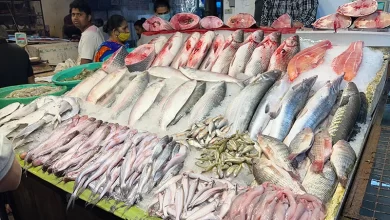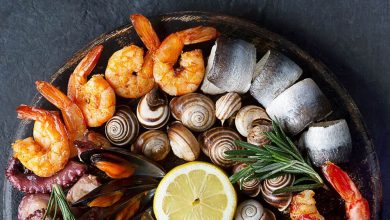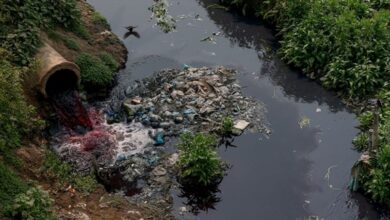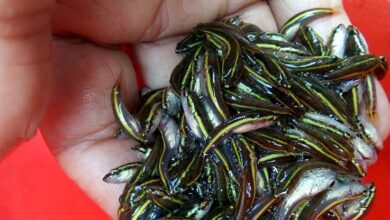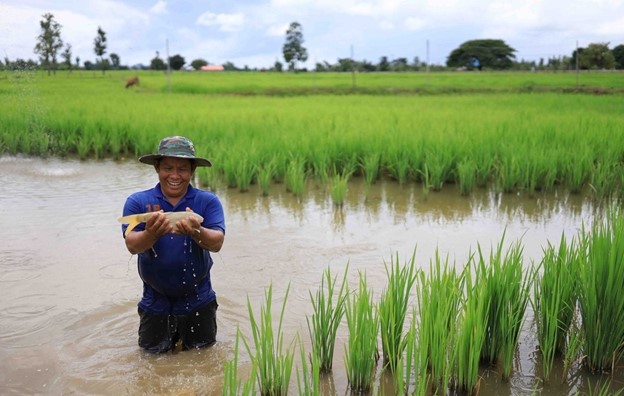
Recent research reveals that 56% of fish farms in the country’s southern region don’t practice integrated aquaculture-agriculture (IAA) or aqua-agri practice despite having the capacity and space to do so. The study, funded by USAID, compared economic and nutrient productivity per hectare of land for 721 fish farms in Southern districts of Bangladesh.
In integrated aquaculture-agriculture (IAA), fish, prawns, and shrimp are farmed alongside rice, vegetables, and fruit.
In the study report, it was found that only 44% of the farms involved in aquaculture also produced other agricultural products. Besides growing paddy, vegetables, fruits, and shrimps, these firms also grow fish, prawns, and shrimps.
In Bangladesh, subsistence farming (nowadays transformed by mechanization and commercial agriculture) provides a continuous, reliable, and balanced supply of nutritious foods. Due to seasonal, irregular, and uncertain income and employment of farmers, single-crop production enterprises are subject to a high level of risk and uncertainty. It is for this reason that aquaculture-agriculture farming has a great deal of importance.
Through Aqua-agri, many problems can be overcome, including economic and even ecological constraints. Furthermore, in comparison to traditional farming, aqua-agri has a higher profit potential and can get farmers’ economic conditions back on track faster.
Researchers have also determined which integrated agriculture models are most and least profitable. Analysis of the models led to the calculation of economic productivity per hectare per year.
It has been found that the most profitable model is to integrate fish, prawns, and shrimp farming with paddy, vegetable, and fruit farming. A farm of this type earns USD 4,379 per hectare per year.
Farmers who integrate fish and prawn farming with paddy, vegetables, and fruits earn USD 3,947. Integrated farming of fish with paddy has been the least economically productive model and earns USD 1,249, while integrated farming with fish, vegetables, and fruits earns USD 1,335.
The study also found that, among aquatic food combinations, fish is the most common at 39%, followed by fish, prawns, and shrimp at 29%, fish and prawns at 26%, and fish and shrimp at 8%.
Furthermore, it was found that 96% of the households studied produced some carp species, 83% produced unstocked fish, 82% produced other stocked fish, and 59% produced crustaceans.
There is no doubt that IAA plays a significant role in the economy of rural areas. By engaging in IAA systems, family incomes can be increased and food security can be achieved in the rural areas of the country.
Its sustainability is, however, threatened by several factors, including high production costs, limited raw material supplies, inadequate institutional support, and inadequate extension services.
Additionally, researchers found that IAA models do not work in high-salinity areas, but they are effective in low- and medium-salinity areas.
It is clear that IAA’s prospects are promising, but it will require determination to maximize its potential. In order for this integration to be realized, a wide range of investments and initiatives will have to be made by both the public and private sectors.
Experts suggest that integrated fish farming ventures should be promoted throughout the country to increase the food supply. Consequently, it is imperative to provide farmers and related groups with technical assistance along with institutional and policy support for sustainable IAA systems.
Jaber Bin Abdul Bari
Department of Oceanography, NSTU

